
I organized a wine tasting with the theme ‘minimal intervention, minimal investment’ in Beijing last week.
The ‘minimal intervention’ part is easy to grasp. In simple terms, the three featured winemakers try to let the grapes do the talking. Thus, when making wine, they avoid adjusting alcohol, acidity or tannin levels, avoid adding sulfites, avoid filtering sediments before bottling, and so on.
(‘Minimal intervention wine’ is part of a spectrum of terms that includes ‘intervention wine’ and ‘natural wine’ and inspires furious debates over definitions.)
The ‘minimal investment’ part is a newer. These winemakers own neither vineyard nor winery. Instead, they visit wine regions to source grapes, rent equipment and create wines that can be sold to bars and restaurants, via online shops or directly to their own growing followings.

This is an intriguing trend in a market where sales have been stagnant despite fast growth in wine quality the past dozen years. Promotion of local wines is often top down and aimed at the trade — distributors, retailers, critics et al — that stands between the winemaker and consumer. It can take the form of tastings organized by national distributors, government support for entering wine contests, associations leading education programs and wineries teaming up for pavilions at major trade fairs.
The minimalists, on the other hand, are much more individualistic and hit much closer to consumers. To a specific type of consumer, that is. In a country where much wine consumption still centers on gift-giving and entertaining rather than taste, these winemakers appeal to consumers curious about tasting wine for wine’s sake and who can generate further interest through word of mouth. And while “natural wines” are still niche, the number of bars has been booming in recent years and represent one of my most dynamic parts of the wine scene. Another part? Chinese wines.
To be clear, Chinese minimal intervention wines aren’t limited to these freelance winemakers – Domaine Aromes, Silver Heights and Puchang are among the operations with facilities that also make them – but they are punching far above their weight in generating interest in local products. And from what I hear, we will see even more winemakers heading to the country’s vineyards this year.
Anyway, here’s a quick look at the wines we tasted while enjoying Guizhou food last Thursday. Our group included friends who simply enjoy trying new wines plus some media members and a former natural wine bar owner. And, yes, we finished every drop.

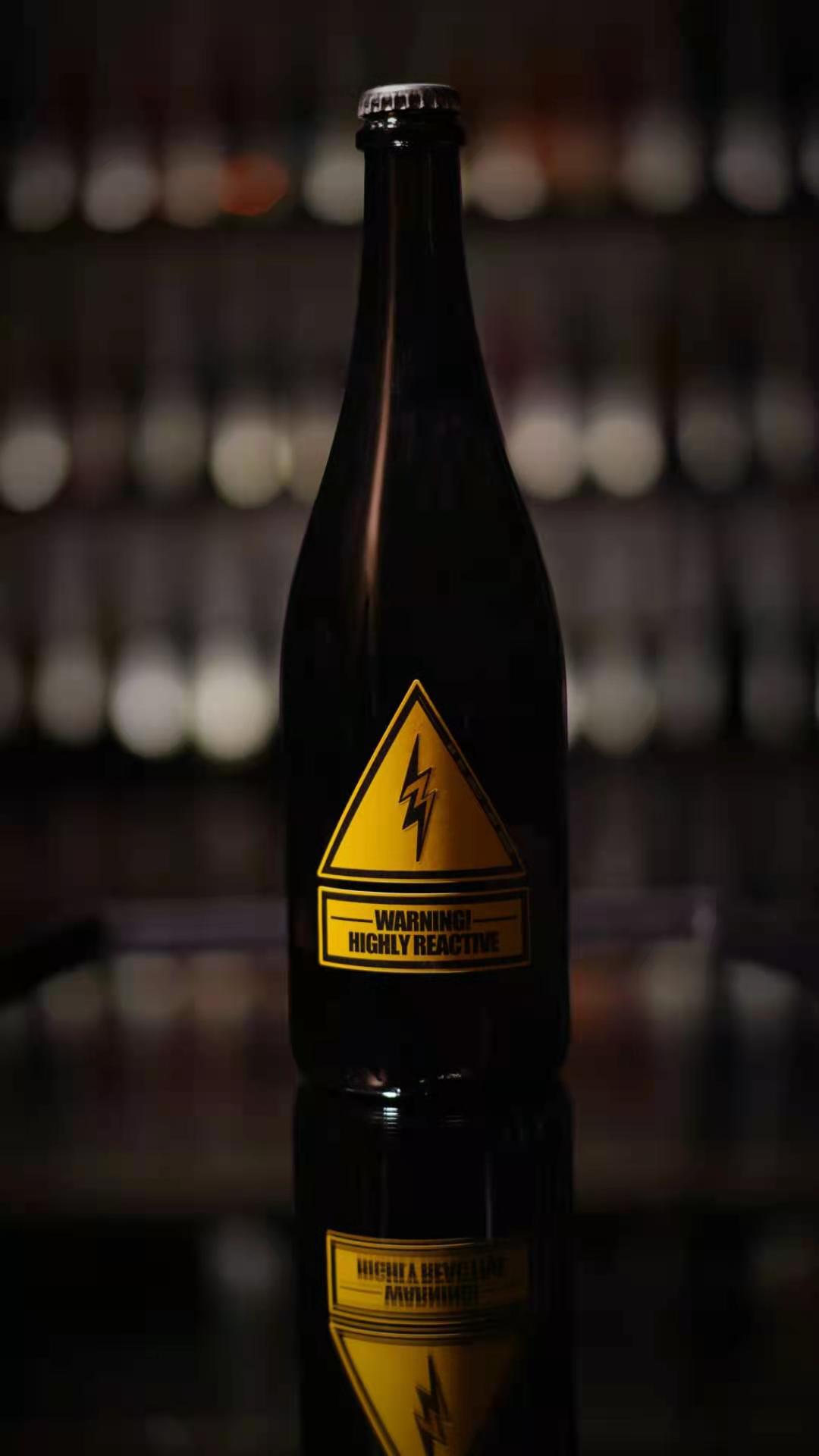


Domaine Moodie
Muti Mo owns two natural wine bars in Guangzhou — MuST and STEM in Guangzhou – and ventured to Ningxia last year to make wine. He made six in total but only deemed one – a Riesling pet-nat named Bazinga! – good enough to bottle under his brand, Domaine Moodie. We started with this lively fresh wine, which poured with a nice foam and was crisp, clean and gulpable. I brought some savory buttered popcorn to share with it.
(Learn lots more about Mo, including his adventures in Ningxia, his advice to consumers trying natural wine, his experience with a particularly explosive Pinot Noir pet-nat and more in this Q&8.)
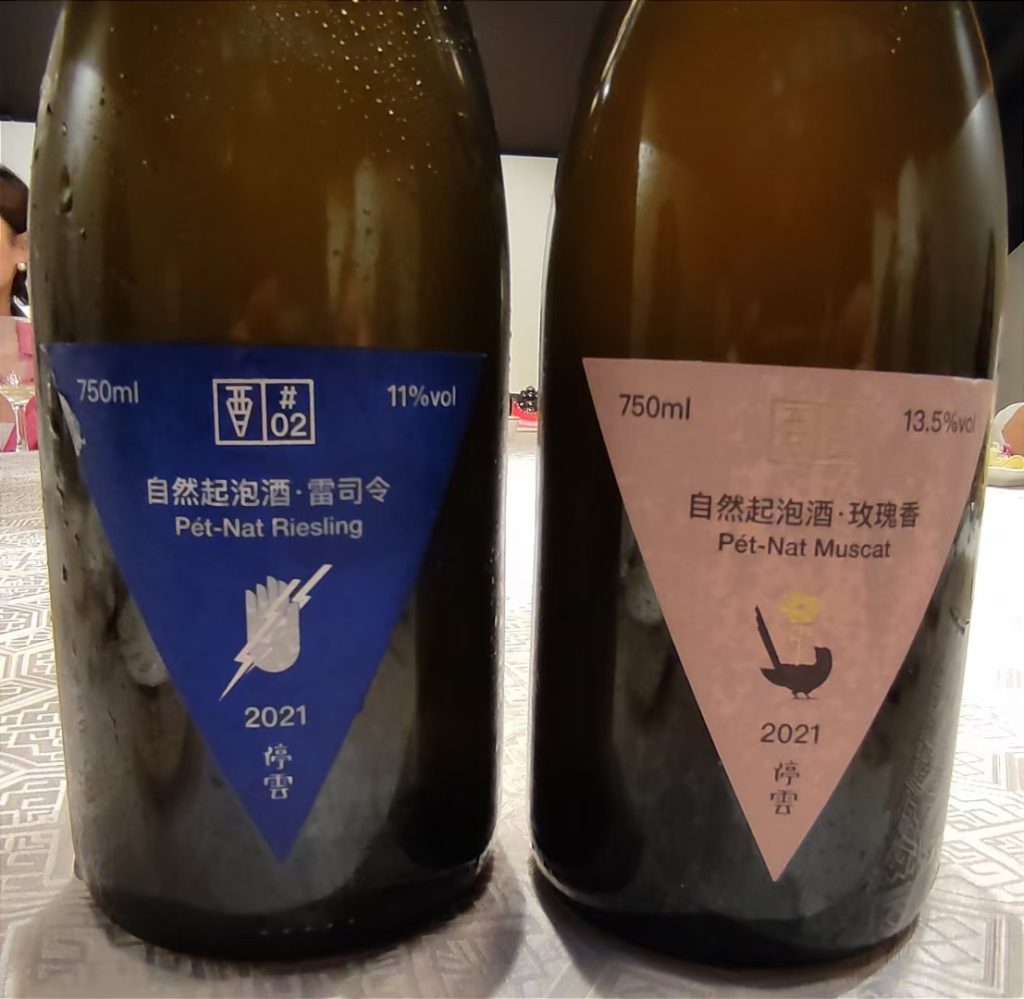
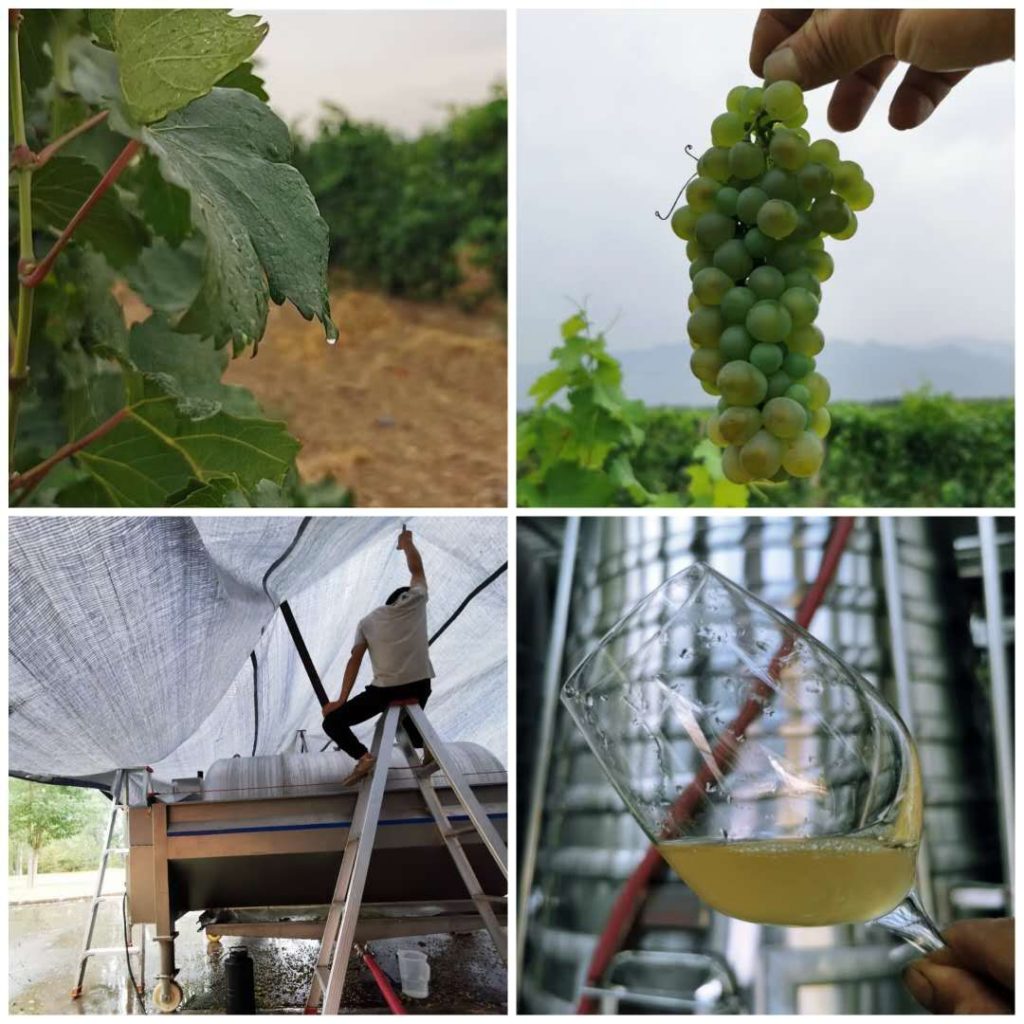


Lingering Clouds
Jianjun Liu of Lingering Clouds has made wine in Ningxia for a decade. His two pet-nats — native yeasts, no sulfur — include a Riesling that had more body and mellowness than Bazinga!, with chrysanthemum and citrus character, and a slightly salty / bitter finish. The Muscat woke up the senses, ably capturing the grape’s floral character, with an effervescent and slight sweetness that paired well with the mildly spicy and salty Guizhou dishes.
The two still wines were aged six months in old barrels and included a mellow Pinot Noir with pure red berry flavor and a delicate Viognier — his first try with this grape and a wine that caught our attention –with stone fruit character. Viognier is a grape to watch in Ningxia given the tasty drops made by producers like Charme and Mihope. By the way, Jianjun and his team harvested those Viognier grapes in the rain.)


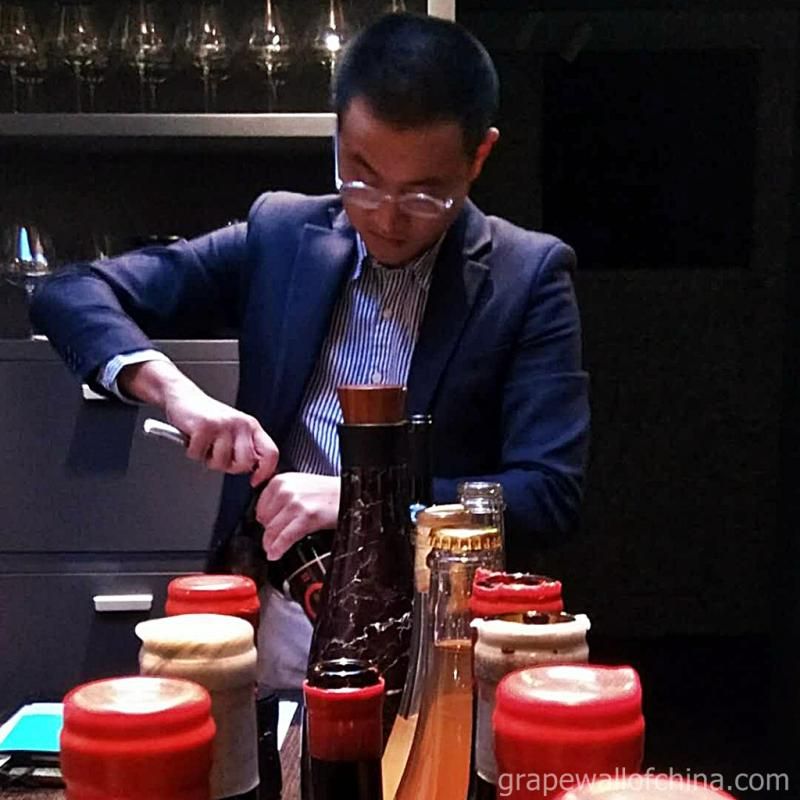

Petite Garden
Finally, we tried wines made by Ian Dai of Xiao Pu / Petite Garden, who has expanded beyond his initial projects in Ningxia to also make wine in Yunnan (Lijiang) and Hebei (Huailai). He brought a strong wine background, having been a sommelier in Shanghai and then a buyer for Amazon and Lady Penguin. He has also been active on the wine bar circuit promoting his wines and gained a dedicated following.
Our trio include a red blend called The Gathering — a mix of Cabernet Sauvignon, Cabernet Gernischt, Petit Verdot and Marselan that is medium-bodied and fruity (red berries) with soft tannins — and a blend of Syrah (two-thirds) and Marselan (one-third) that is deeper and moodier. There was also a straight up Marselan that I enjoyed for its freshness and fruitiness. To be honest, by this point of the dinner, I was feeling the effects and heading into “good / bad” mode and this was definitely on the good side. More posts about these kinds of wines soon.
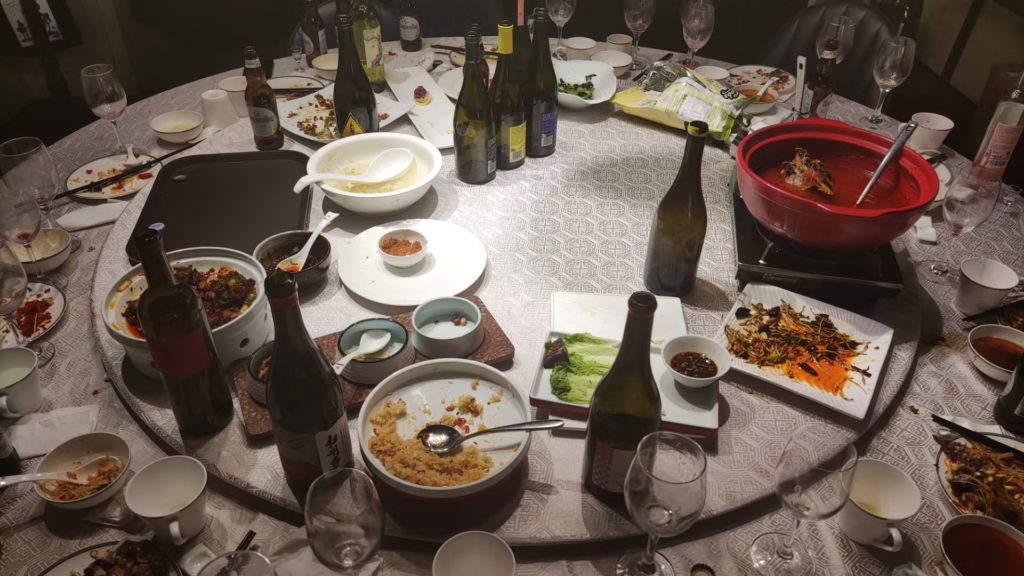
Grape Wall has no sponsors of advertisers: if you find the content and projects like World Marselan Day worthwhile, please help cover the costs via PayPal, WeChat or Alipay.
Sign up for the free Grape Wall newsletter here. Follow Grape Wall on LinkedIn, Instagram, Facebook and Twitter. And contact Grape Wall via grapewallofchina (at) gmail.com.

Leave a Reply
You must be logged in to post a comment.